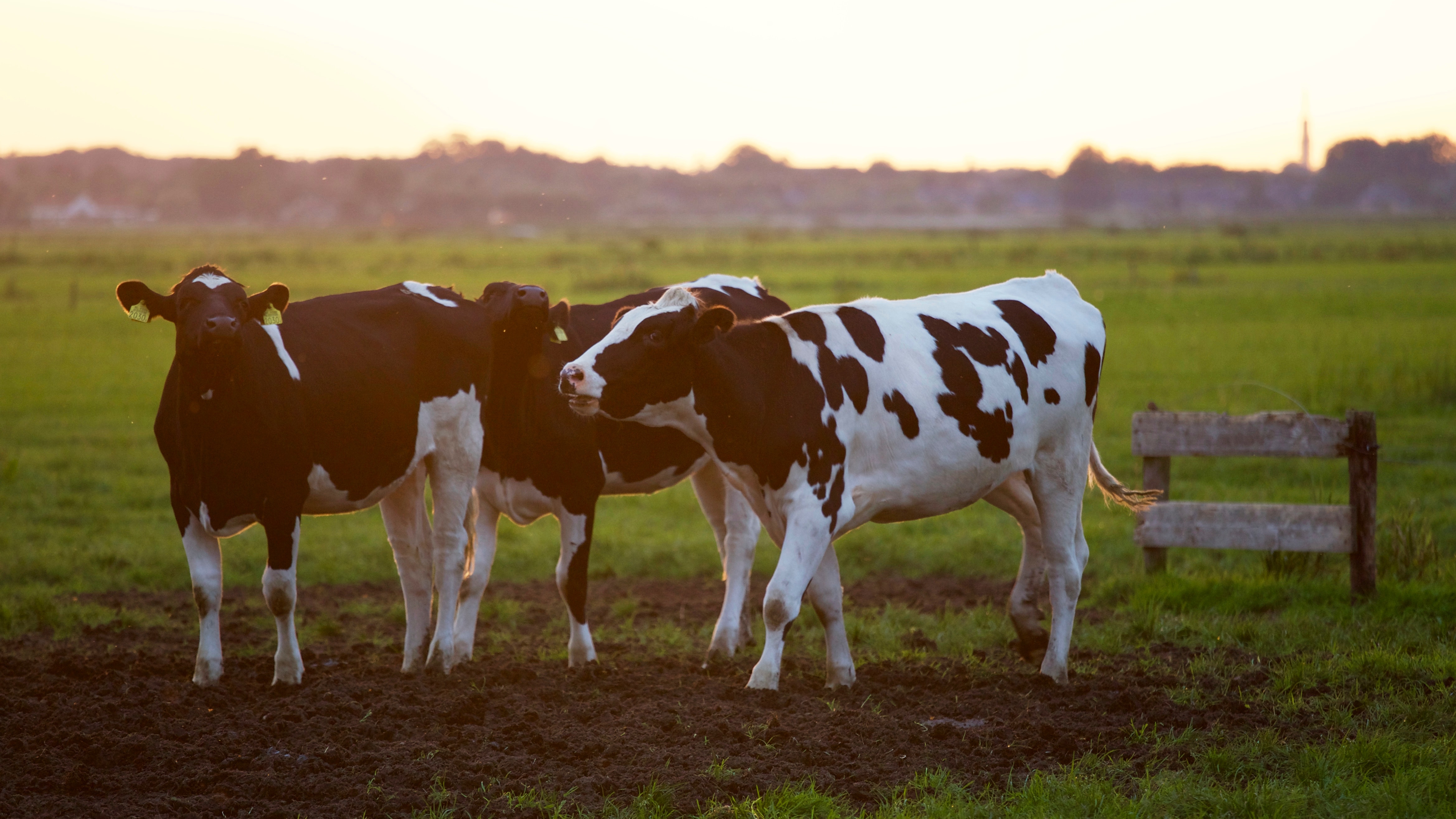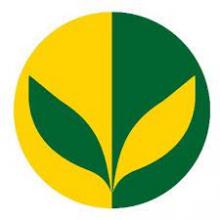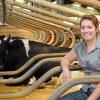Efficient and ethical production methods, coupled with ongoing advancements in animal husbandry and technology, are essential to ensure the quality, safety, and sustainability of beef production. Collaboration among stakeholders in the beef industry is crucial for addressing challenges, such as environmental impact and market demands. Help us contribute to this collaboration by sharing tools, resources and information relevant to the beef industry.




